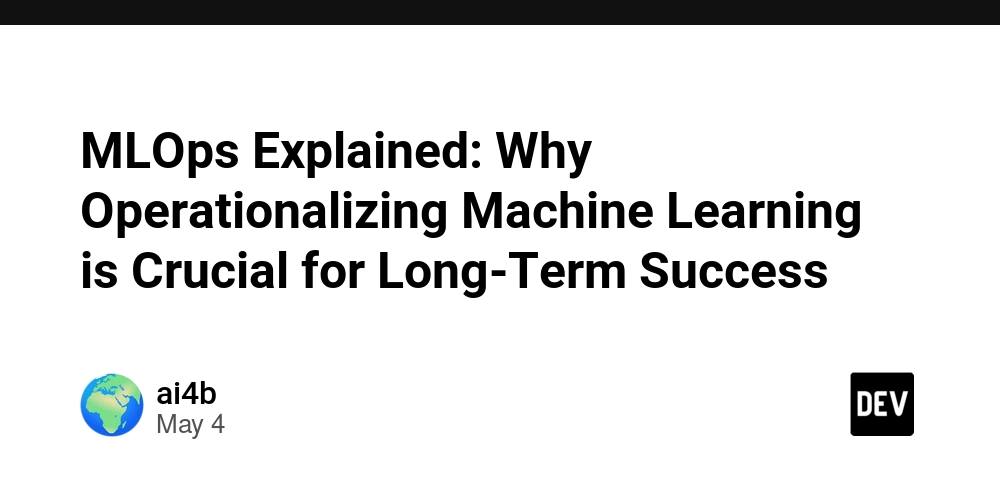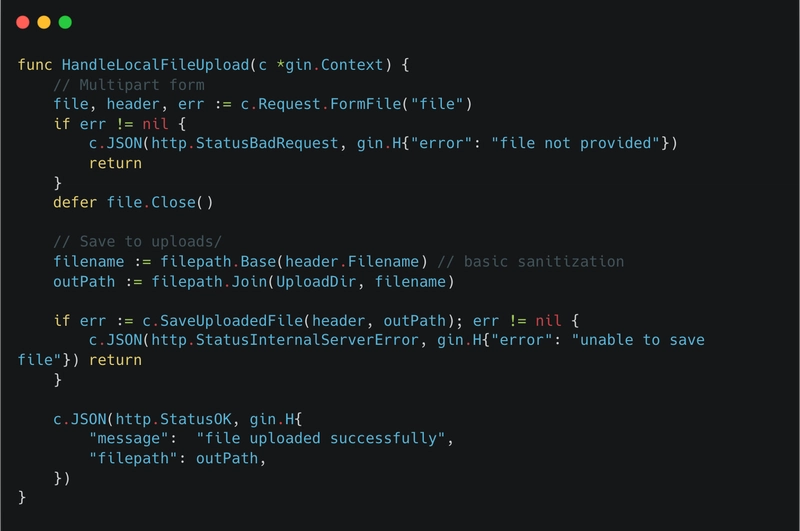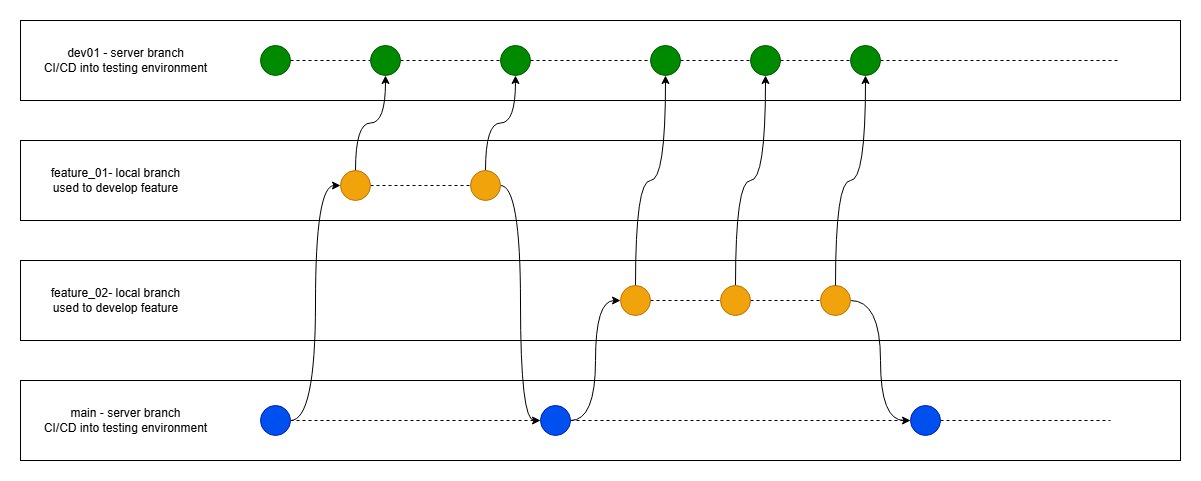Simulating Wildlife Populations in Unity: A C# System for Dynamic Ecosystem Management
Introduction Ecological systems are complex, interdependent, and rarely forgiving. In my simulation-driven game project, I've created a wildlife population system in Unity that mimics real-world Behavior: Animals spawn only when habitat conditions are right, reproduce seasonally, and disappear if their environment collapses. This article breaks down how I've implemented a modular, data-driven wildlife simulation using Unity C# - with a strong focus on environmental context, sustainability mechanics, and future educational relevance. System Overview The system is designed to simulate animal populations that react to: Forest health Player and AI Behavior Seasonal changes Population caps It is broken down into: ForestController: Tracks tree counts and forest health ForestAnimalManager: Manages spawning, population, and timing ForestAnimalConfig: Stores species-specific settings AnimalPopulationData: Tracks active instances and cooldowns Defining Species Rules with ForestAnimalConfig Each species uses a config object to control its spawning Behavior: [System.Serializable] public class ForestAnimalConfig { public string animalType; public List prefabs; public int minTreeRequirement; public int maxPopulation; public int spawnEveryXDays = 3; } Managing Population Logic Spawning is triggered only when forest conditions are met. Inside the ForestAnimalManager, a method like this controls logic flow: void SpawnAnimalsIfEligible() { foreach (var config in animalConfigs) { if (forest.TreeCount < config.minTreeRequirement) continue; var data = populationTracker[config.animalType]; if (data.spawnCooldown > 0) { data.spawnCooldown--; continue; } if (data.currentCount < config.maxPopulation) { Vector3 spawnPos = GetValidSpawnPosition(); GameObject prefab = GetRandomPrefab(config); var animal = Instantiate(prefab, spawnPos, Quaternion.identity); data.RegisterAnimal(animal); data.spawnCooldown = config.spawnEveryXDays; } } } Tracking and Updating Populations Each species has a tracker that handles all active animals and enforces population limits: public class AnimalPopulationData { public int currentCount = 0; public int spawnCooldown = 0; public List activeAnimals = new List(); public void RegisterAnimal(GameObject obj) { currentCount++; activeAnimals.Add(obj); } public void OnAnimalDeath(GameObject obj) { currentCount--; activeAnimals.Remove(obj); } } Adding Seasonal Constraints (Optional Layer) To increase realism, spawning can be tied to seasonal systems. For example: public bool CanSpawnThisSeason(string species) { switch (seasonManager.CurrentSeason) { case Season.Winter: return false; case Season.Spring: return true; default: return true; } } Educational Application While designed for a fantasy survival game, this system models real ecological dynamics: Overhunting leads to extinction Tree loss reduces habitat viability Forest recovery takes time Player actions have long-term effects These mechanics support educational goals by letting players explore the balance between resource use and sustainability, with clear, non-linear consequences. Conclusion This wildlife simulation system allows for meaningful interactions between environmental health, player Behavior, and animal populations. It's scalable, efficient, and immersive - and has the potential to support not only games but also educational tools and sustainability training platforms. Bringing ecosystems to life through simulation isn't just good design - it's a way to teach systems thinking, conservation, and resource ethics through play.

Introduction
Ecological systems are complex, interdependent, and rarely forgiving. In my simulation-driven game project, I've created a wildlife population system in Unity that mimics real-world Behavior: Animals spawn only when habitat conditions are right, reproduce seasonally, and disappear if their environment collapses.
This article breaks down how I've implemented a modular, data-driven wildlife simulation using Unity C# - with a strong focus on environmental context, sustainability mechanics, and future educational relevance.
System Overview
The system is designed to simulate animal populations that react to:
- Forest health
- Player and AI Behavior
- Seasonal changes
- Population caps
It is broken down into:
- ForestController: Tracks tree counts and forest health
- ForestAnimalManager: Manages spawning, population, and timing
- ForestAnimalConfig: Stores species-specific settings
- AnimalPopulationData: Tracks active instances and cooldowns
- Defining Species Rules with ForestAnimalConfig Each species uses a config object to control its spawning Behavior:
[System.Serializable] public class ForestAnimalConfig { public string animalType; public List prefabs; public int minTreeRequirement; public int maxPopulation; public int spawnEveryXDays = 3;
}
- Managing Population Logic Spawning is triggered only when forest conditions are met. Inside the ForestAnimalManager, a method like this controls logic flow:
void SpawnAnimalsIfEligible() { foreach (var config in animalConfigs) { if (forest.TreeCount < config.minTreeRequirement) continue; var data = populationTracker[config.animalType]; if (data.spawnCooldown > 0) { data.spawnCooldown--; continue;
}
if (data.currentCount < config.maxPopulation) {
Vector3 spawnPos = GetValidSpawnPosition(); GameObject prefab = GetRandomPrefab(config); var animal = Instantiate(prefab, spawnPos, Quaternion.identity); data.RegisterAnimal(animal); data.spawnCooldown = config.spawnEveryXDays;
}
} }
- Tracking and Updating Populations Each species has a tracker that handles all active animals and enforces population limits:
public class AnimalPopulationData { public int currentCount = 0; public int spawnCooldown = 0; public List activeAnimals = new List(); public void RegisterAnimal(GameObject obj) { currentCount++; activeAnimals.Add(obj);
}
public void OnAnimalDeath(GameObject obj) { currentCount--; activeAnimals.Remove(obj);
}
}
- Adding Seasonal Constraints (Optional Layer) To increase realism, spawning can be tied to seasonal systems. For example:
public bool CanSpawnThisSeason(string species) { switch (seasonManager.CurrentSeason) { case Season.Winter: return false; case Season.Spring: return true; default: return true;
} }
Educational Application
While designed for a fantasy survival game, this system models real ecological dynamics:
- Overhunting leads to extinction
- Tree loss reduces habitat viability
- Forest recovery takes time
- Player actions have long-term effects These mechanics support educational goals by letting players explore the balance between resource use and sustainability, with clear, non-linear consequences.
Conclusion
This wildlife simulation system allows for meaningful interactions between environmental health, player Behavior, and animal populations. It's scalable, efficient, and immersive - and has the potential to support not only games but also educational tools and sustainability training platforms.
Bringing ecosystems to life through simulation isn't just good design - it's a way to teach systems thinking, conservation, and resource ethics through play.





































































































































































![[The AI Show Episode 145]: OpenAI Releases o3 and o4-mini, AI Is Causing “Quiet Layoffs,” Executive Order on Youth AI Education & GPT-4o’s Controversial Update](https://www.marketingaiinstitute.com/hubfs/ep%20145%20cover.png)




























































































































![[DEALS] Microsoft 365: 1-Year Subscription (Family/Up to 6 Users) (23% off) & Other Deals Up To 98% Off – Offers End Soon!](https://www.javacodegeeks.com/wp-content/uploads/2012/12/jcg-logo.jpg)




![From Art School Drop-out to Microsoft Engineer with Shashi Lo [Podcast #170]](https://cdn.hashnode.com/res/hashnode/image/upload/v1746203291209/439bf16b-c820-4fe8-b69e-94d80533b2df.png?#)









































































































(1).jpg?#)































_Inge_Johnsson-Alamy.jpg?width=1280&auto=webp&quality=80&disable=upscale#)



















































































































![New Apple iPad mini 7 On Sale for $399! [Lowest Price Ever]](https://www.iclarified.com/images/news/96096/96096/96096-640.jpg)
![Apple to Split iPhone Launches Across Fall and Spring in Major Shakeup [Report]](https://www.iclarified.com/images/news/97211/97211/97211-640.jpg)
![Apple to Move Camera to Top Left, Hide Face ID Under Display in iPhone 18 Pro Redesign [Report]](https://www.iclarified.com/images/news/97212/97212/97212-640.jpg)
![Apple Developing Battery Case for iPhone 17 Air Amid Battery Life Concerns [Report]](https://www.iclarified.com/images/news/97208/97208/97208-640.jpg)

































































































